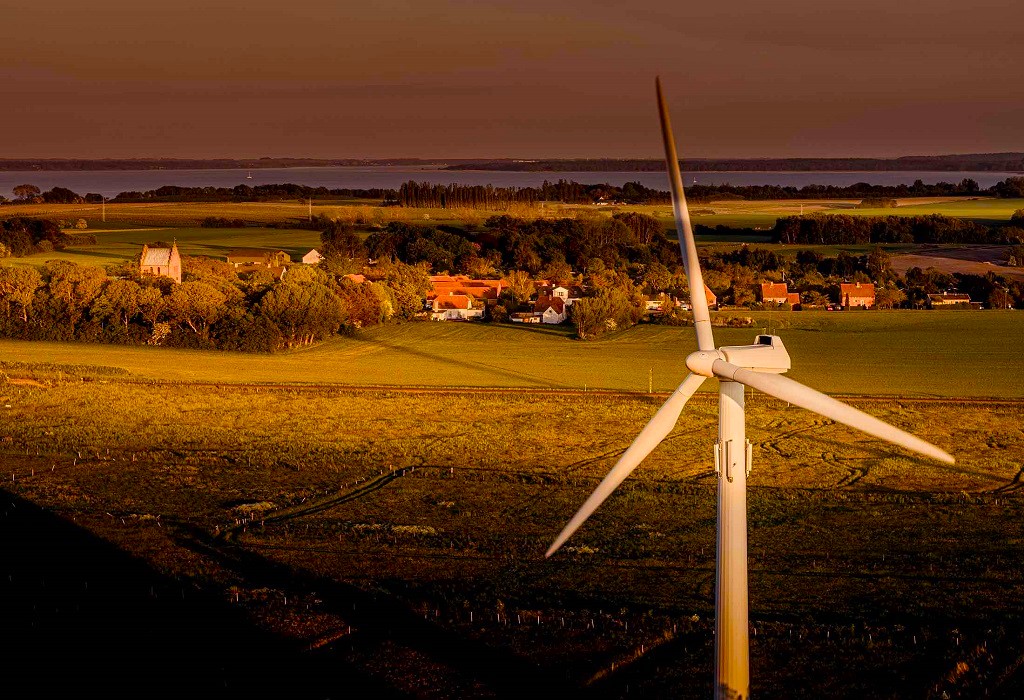Wind resource assessment is essential for determining the potential energy yield of a wind power project. This step is often necessary to secure financing from a lending institution.
Detailed measurements with meteorological towers at various heights can be costly and require one to several years to complete. A more cost-effective alternative is to use computer models from long-term weather data.
Site Characteristics
Wind energy is clean and renewable, helping to reduce emissions and combat climate change. Having a wind resource assessment company perform this is cost-effective and offers energy independence. For these reasons, many lending institutions require a wind resource assessment before financing a project.
Harsh weather conditions and complex terrain pose unique challenges to accurate measurement and modeling of wind flow. These factors can impact the average monthly wind speed, direction, and turbulence.
First, a preliminary assessment should be made using publicly available data and state wind maps. Heated anemometers should be used to prevent icing and ensure the accuracy of the information collected. Detailed site maps and plat drawings should show that the wind project is sited appropriately on the land for maximum production.
Weather
Wind power offers a renewable energy source that can reduce our dependence on fossil fuels, help combat climate change, and create economic opportunities for remote communities. However, harnessing polar winds requires accurate wind resource assessment to ensure project profitability.
Effective wind resource assessment requires on-site measurement of wind characteristics with specialized instruments and long-term data analysis to identify wind patterns, seasonal variations, and energy yield. Using advanced forecast models and algorithms, developers can accurately predict energy production for their projects and optimize turbine placement.
This process can be expensive, especially for sites without existing meteorological measurements, and takes one to several years. In these cases, computer weather modeling may be used to extrapolate wind conditions at the site from data elsewhere in the region.
Turbines
Using wind turbines to produce electricity produces zero carbon emissions and helps keep the Earth’s wildlife (birds, bats, and people) healthy. However, it takes a substantial investment to collect and analyze wind data.
A wind resource assessment typically includes a power curve and a calculation tool to help generate rough estimates of production utilizing long-term wind data collected on a meteorological tower. This data should include data at both a 30 and 50-meter hub height and a wind shear estimate.
The average monthly data will also inform bankers how the wind resource at a site varies throughout the year as it relates to the project’s capacity costs and levelized cost of energy (LCOE). A detailed resource evaluation with multiple data collection towers is necessary to provide accurate and reliable project data.
Location
Effective wind resource assessment requires on-site measuring of wind characteristics with anemometers and other sensors. This data is analyzed over an extended period to identify energy yield and long-term trends.
Harsh climatic conditions and logistical complexities make collecting accurate weather data challenging in remote polar locations. However, using specialized instruments and numerical modeling can reduce the uncertainty in wind pattern predictions.
Since the quality of a wind map depends on several factors, it is important to have multiple sources in a region. If all maps show promising potential, it is easier to convince banks that a project will be bankable. This can be done using the free and interactive IRENA wind maps map tool. This method compares predicted data from a prediction location with measured and long-term corrected wind climate at a series of prediction masts. The most similar prediction is selected, and the error in power density compared to the closest mast and inverse distance weighting is significantly reduced.
Financing
Wind turbines are a major capital project that requires substantial funding to construct. Most community wind projects rely on debt financing, which typically includes a tax equity investment from the project sponsor.
To demonstrate to a lender that a wind project will perform well enough to meet its internal rate of return, it must be “bankable.” A bankable WRA must be sufficiently accurate and detailed to generate reliable power production projections for a given location.


